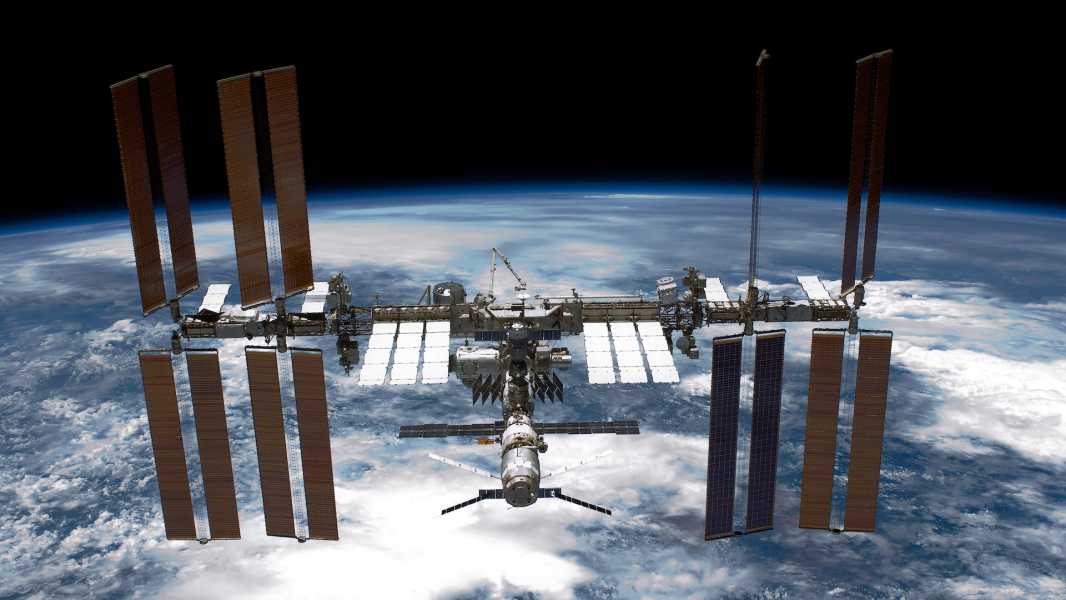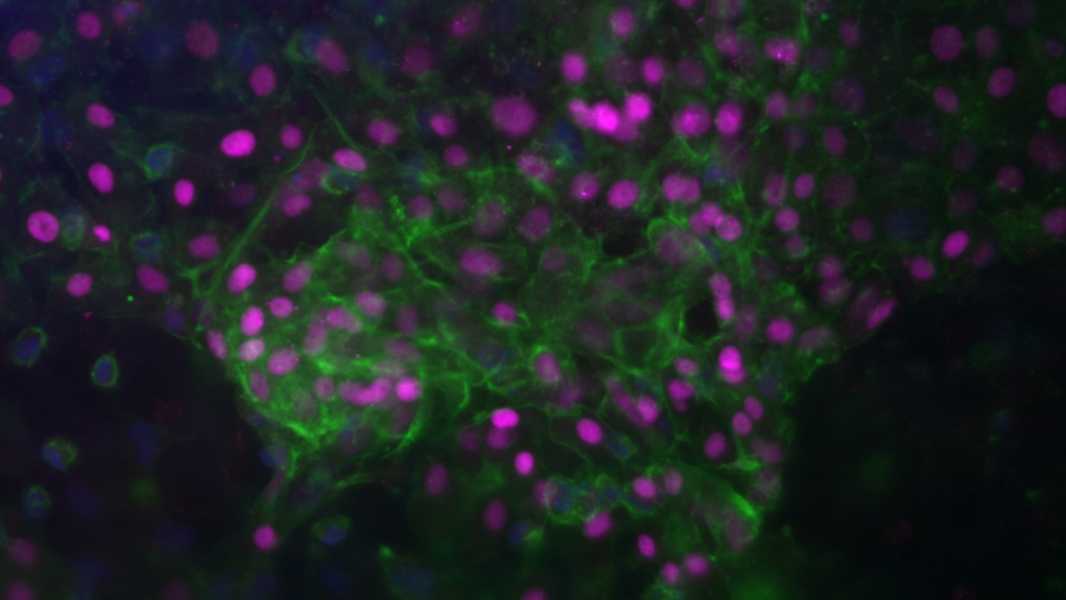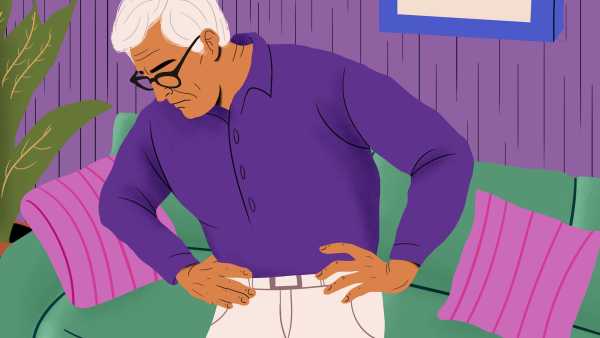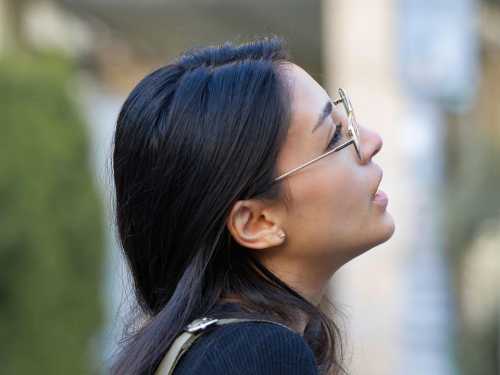
Scientists have created a variety of miniature organs on the International Space Station. Next up: the liver. (Image courtesy of NASA via Getty Images)
Miniature livers will be sent aboard the International Space Station as part of an upcoming experiment aimed at investigating the ability of microgravity to promote the growth of healthy tissue with an adequate blood supply.
Experts say the initiative could one day lead to customized, space-grown tissues and organs for use in transplants. In two upcoming experiments, the scientists plan to evaluate how efficiently liver tissue grows in microgravity, and to test new technology designed to keep the tissue alive but super-chilled for transport back to Earth.
“My ultimate goal for these tissues, if they do what we envision and hope they can do in microgravity, is to use these tissues for therapy,” said Dr. Tammy Chang, a professor of surgery at the University of California, San Francisco. The tissue could be transplanted to treat a variety of liver diseases and disorders, Chang told Live Science.
Growing tissue in a lab on Earth can be challenging, in part because gravity pulls cells to the bottom of the dish. Gravity also creates shear stress on the cells because the dish must be constantly stirred to keep the cells suspended as they grow. In nature, organs form in a developing embryo as it floats in the amniotic fluid in the womb or in the liquid environment provided by the egg.
These constant gravity-related problems have led scientists to create rotating bioreactors, which mimic low-gravity environments by spinning at high speeds. This allows tissues and miniature organs, or “organoids,” to grow in artificial conditions, but these rotating vessels also put stress on the tissues, especially as the cell clusters inside them grow.
Chang and her team believe that organoids may thrive in constant, high-quality microgravity conditions, similar to what exists on the International Space Station.
“These organoids, which are typically 200 microns in diameter, which is 0.2 millimeters [0.008 inches], will be able to better organize and interact with each other to form larger tissues, especially vascularized tissues,” explained Chang, who presented her findings at the American College of Surgeons Clinical Congress 2024 in San Francisco on Tuesday (October 22). Vascularized tissues are riddled with many vessels.
Image 1 of 2

This image shows a close-up of a liver organoid grown in a tissue sphere. (Image credit: Tammy T. Chang, MD, PhD)
Sourse: www.livescience.com





